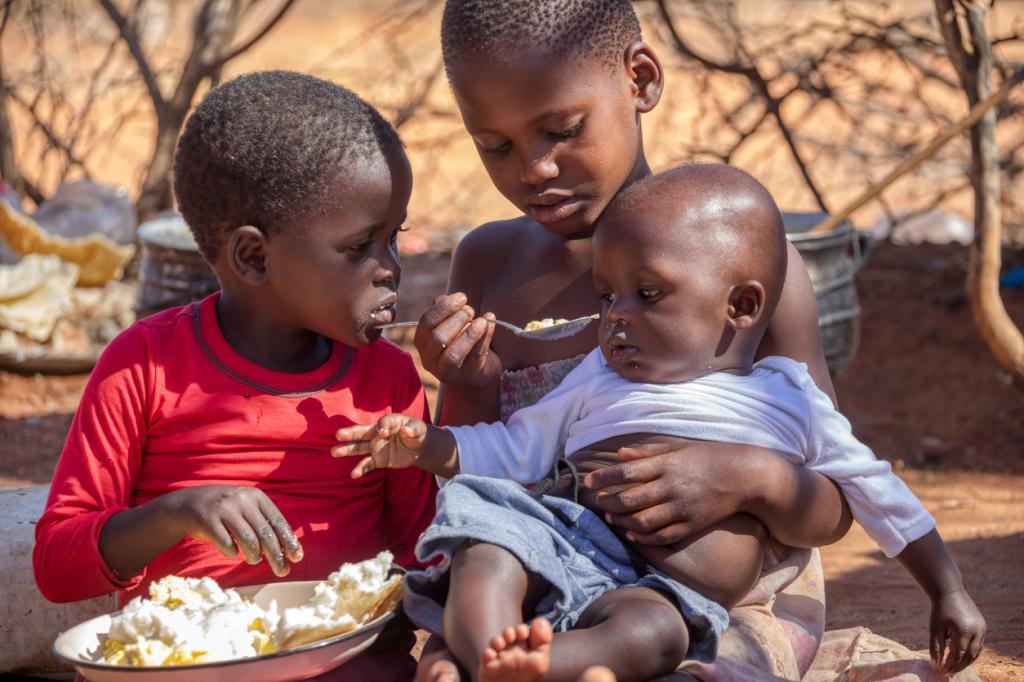Africa-Press – Seychelles. One in every three children of southern Africa are stunted, according to a new report. Almost 18.6 million children in the region, the report further added.
Stunting is the impaired growth and development that children experience from poor nutrition, repeated infection and inadequate psychosocial stimulation.
The children in southern Africa do not have access to sufficiently diverse diets as consumption of vegetables and fruits is low in this region, the report published August 8, 2022, noted.The Synthesis Report on the state of food and nutritional security and vulnerability in Southern Africa was compiled by the southern African development community (SADC) regional vulnerability assessment and analysis programme.
Every country in the southern African region except for Mauritius and the Seychelles has a high or very high prevalence of stunting, according to the World Health Organization.
Major drivers of malnutrition include lack of diversity and sub-optimal infant feeding practices prevailing in this region, according to the report.
The 16 member countries of southern Africa included in the assessment are — Angola, Botswana, the Comoros, the Democratic Republic of Congo, Eswatini, Lesotho, Madagascar, Malawi, Mauritius, Mozambique, Namibia, the Seychelles, South Africa, Tanzania, Zambia and Zimbabwe.
Lockdown has made diverse varieties of food inaccessible and unaffordable to the people of this region, Down to Earth had reported. It has forced households to adopt negative eating practices, leading to malnutrition.
Child malnutrition continues to be of great concern in the region. Types of malnutrition in the SADC region include stunting and wasting.
A significant reduction in stunting has been recorded in Malawi, Namibia, Tanzania and Zambia. In Malawi, the prevalence of stunting reduced to 37 per cent in 2022 from 47 per cent in 2012.
According to the report, about 6.4 million children under five years are estimated to be wasted, with about 1.7 million severely wasted.
Wasting is a life-threatening form of malnutrition, which makes children too thin and weak and puts them at greater risk of death, poor growth, development and learning.
Millions of people continue to experience high levels of acute food insecurity in the SADC region, exacerbated by conflict, drought, the COVID-19 pandemic and poverty.
Natural and man-made disasters add severity to the region’s food and nutritional insecurity. Low rainfall during the year 2021-2022 negatively affected the cropping pattern.
Southern Africa is prone to recurrent extreme climatic shocks, including droughts and floods. Five tropical storms or cyclones made landfall in this region in 2021-2022. In the past five years, many parts of the region experienced recurrent droughts.
The African migratory locust continued to threaten food security in several states from early 2020 to December 2021. These were Angola, Botswana, Namibia, Zambia and Zimbabwe.
Fall armyworm, endemic in southern Africa, continued to affect maize and other cereals. However, there is no data to quantify the losses caused by the pest during 2021-2022.
Food and nutritional insecurity in the SADC region continue to be unacceptably high, requiring concerted efforts for the region to build resilience to address the multiple and increasing shocks it faces.
SADC has recommended measures to help those impacted by increased food insecurity. These include strengthening safety nets and broader social protection systems that support more resilient livelihoods.
For More News And Analysis About Seychelles Follow Africa-Press






